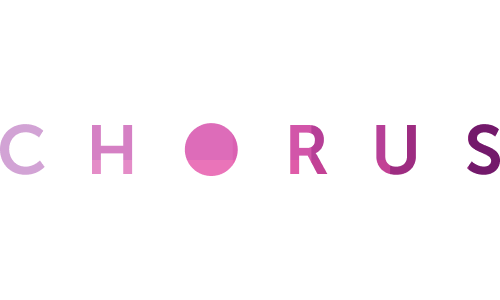
New Zealand Cloud & Datacenter Convention 2023
Grand Millennium Hotel, Auckland
2 November 2023
Scan & Share Event


New Zealand Cloud & Datacenter 2023
Since last year’s inaugural W.Media New Zealand Aotearoa Cloud & Datacenter Convention, the growth of the industry has continued and accelerated. Key facilities have been completed, further major investment programmes have been outlined and the level of interest from international and global players has increased. According to Arizton, the market will see investments of USD 1.69 billion by 2028, growing at a CAGR of 9.23% from 2022 to 2028 (*).
The surge in data center activity confirms the inherent attraction of a country with expertise in accessing its sustainable energy sources, improving national and international networks, and an ethos which balances commercial opportunity with ESG considerations.
The 2023 Auckland Convention will look at the role of the local and international datacenter and cloud industry in continuing to enable New Zealand’s own processes of digital transformation. The event will focus specifically at how key infrastructure options – colocation, cloud, on-prem., edge – will evolve to meet local digital needs We will consider also the key resource challenges along with thoughts on efficiencies and solutions, as well as the upcoming technologies that will shape New Zealand’s digital future and its future data center requirement.
Stay tuned for agenda, sponsor and speaker updates as we move through 2023!
(*) https://www.arizton.com/market-reports/new-zealand-data-center-market


As the APAC data centre market sees explosive growth, the race is on to deploy IT infrastructure quickly, yet efficiently. Aside from the pressure to scale fast, operators are now expected – sometimes even mandated – to adopt sustainable practices to reduce their impact on the environment. How can hyperscalers pave the way for sustainable practices in the region? Learn from our expert on sustainable data centre design and how to scale infrastructure more responsibly.

Michael leads Spark’s data centre, Internet of Things (IoT) and environmental monitoring businesses. He has worked at Spark and in the digital technology industry for over 10 years, in strategy, product and business leadership roles. In his current role, he is leading Spark’s significant investment in the New Zealand market, with nearly $200m invested to date at two key Auckland data centre sites, and further commitments in Auckland and across New Zealand over the next few years.
Kim has worked at Spark for almost 6 years, and as Business Manager responsible for Data Centres and Cloud since 2021. She has extensive experience across the telecommunications, media and aviation industries in Asia, Europe and New Zealand.
Spark supports many of New Zealand’s largest companies and government organisations with data centre, telco, cloud, security, IT and new technology products and services. Michael will outline what Spark is seeing in these areas across New Zealand, and the key implications for New Zealand’s cloud and data centre industries.

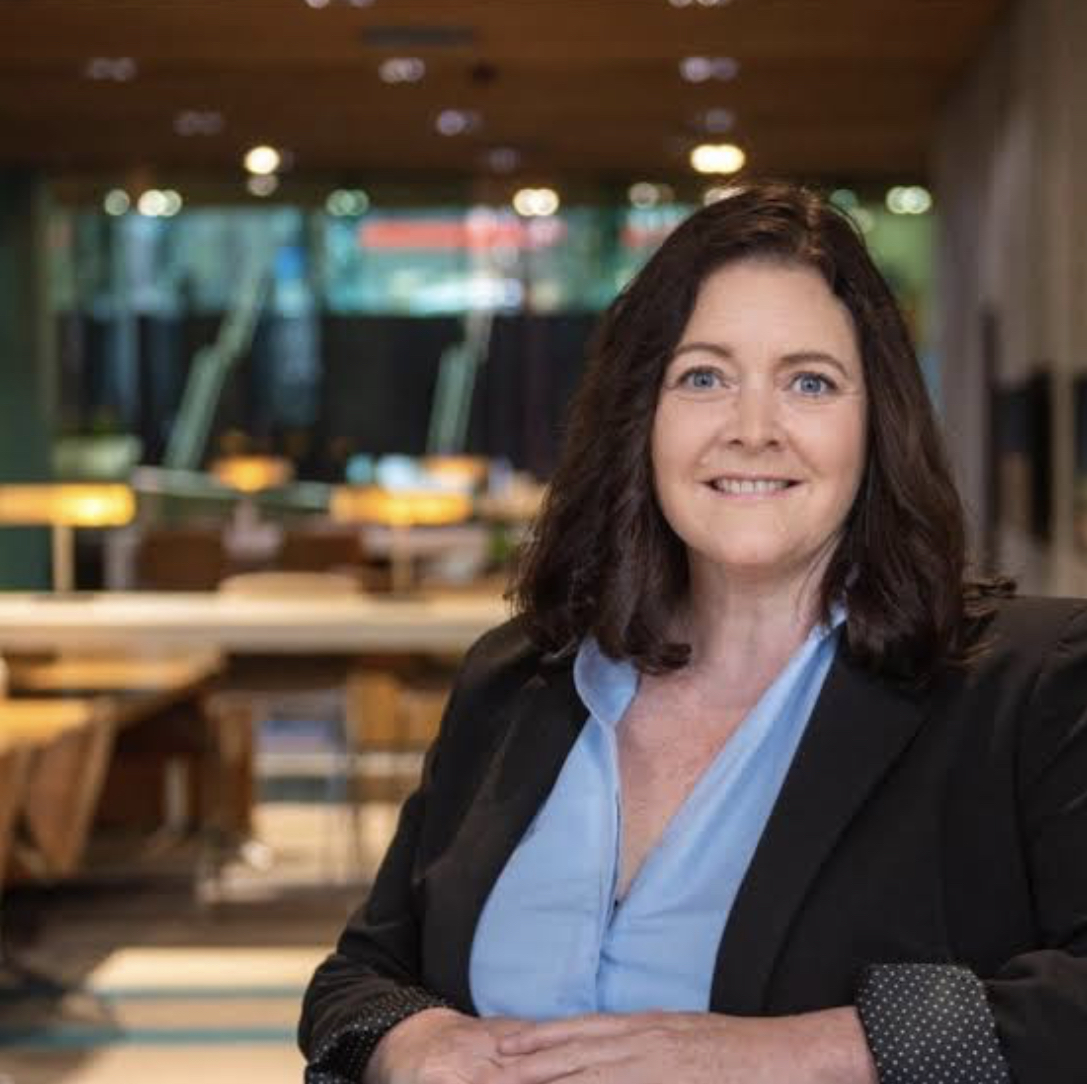
“To Sustainability and beyond!” is a phrase that can be applied to the context of data and its environmental impact.
In recent years, there has been a growing awareness of the environmental impact of data centers. These facilities consume vast amounts of energy to power servers, cooling systems, and other infrastructure, leading to concerns about their carbon footprint and contribution to climate change. The traditional approach to data centers was often energy-intensive and not in line with sustainability goals. However, as awareness of the environmental consequences of data centers has increased, there has been a concerted effort to move “beyond” the status quo and make data centers more sustainable. This transformation involves adopting green technologies, improving energy efficiency, and reducing carbon emissions. It’s a journey toward creating data centers that are not just energy-efficient but also environmentally responsible.
Much like Buzz Lightyear’s journey in “Toy Story,” where he initially had misconceptions about his capabilities and then learned to adapt and grow, the data center industry is learning to adapt and embrace sustainability as a core value. The phrase “Sustainability and beyond!” in the context of data centers serves as a rallying cry, encouraging the industry to continue its efforts to reduce its environmental impact and explore new, sustainable technologies and practices. It represents the idea that there are innovative solutions and untapped potential in the pursuit of sustainable data center operations, even when faced with challenges.

AI is nothing new, but the explosion in use cases and installations in data centres and at the edge is causing deployment challenges for the physical infrastructure, and for cooling in particular. Rittal will share our experiences to date and where we see future opportunities to solve these challenges, whilst still addressing the carbon challenge.

With the rapid growth in the DC market and multiple builds underway in New Zealand, there’s a renewed focus on the country’s core network infrastructure. The incumbent telco Chorus, shares with us its experience in building optical fibre networks for a low latency world and the value this may offer for the collective market challenge of catering for exponential data growth. With speed and scale being critical to the task, hear how Chorus is evolving its Central Office network as a complementary addition to the DC market.
This session will cover:

What roles will digital technologies – most prominently AI/ML, VR, 5G – play in driving and shaping New Zealand’s future data centres? How will data centres adapt to the very significant increases in demand for their services? How will methods of designing and operating data centres change? How will data centres maintain their sustainability objectives under upcoming demand pressures? Can new technologies be part of the solution and not only the source of the challenge?
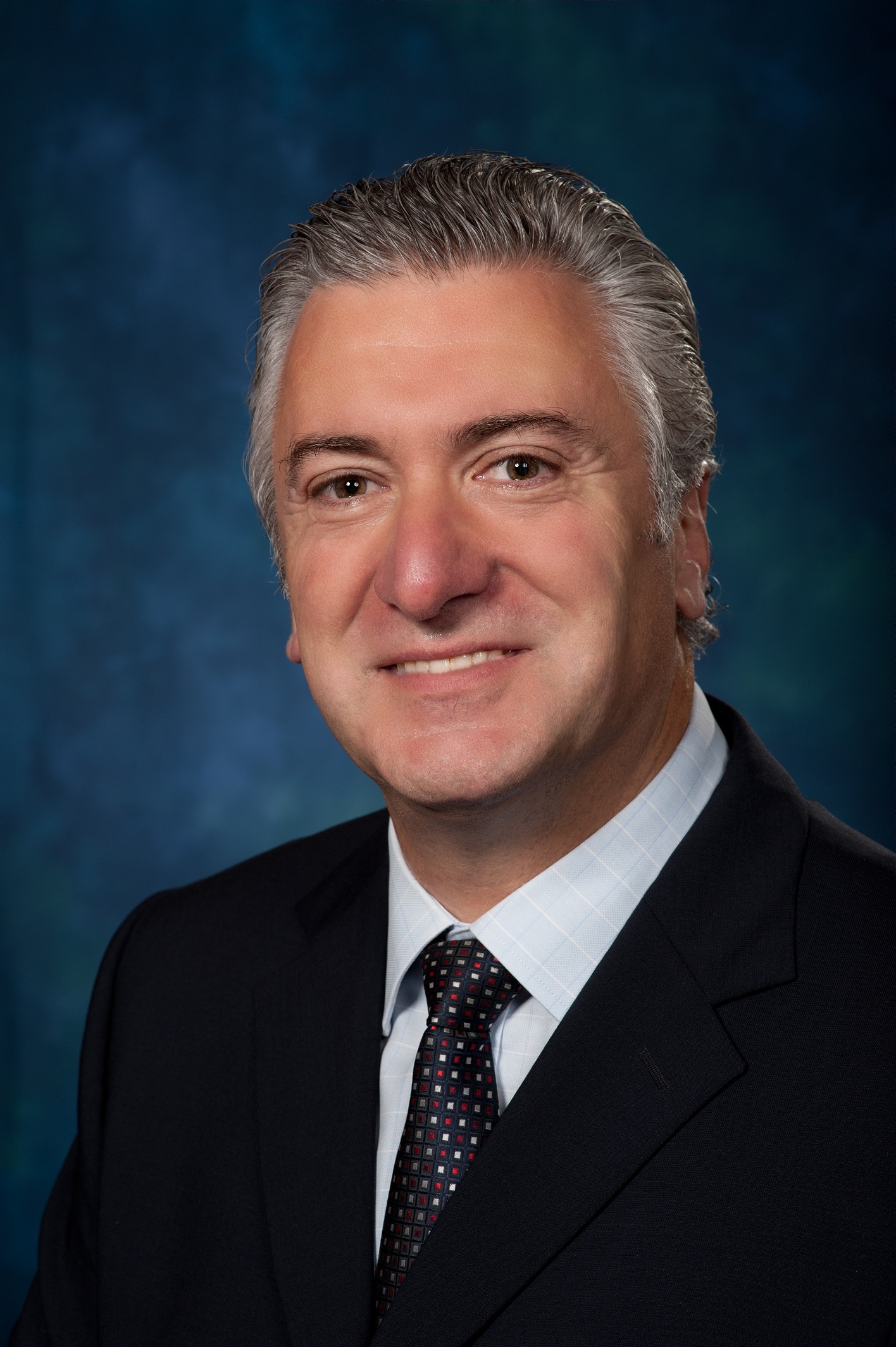


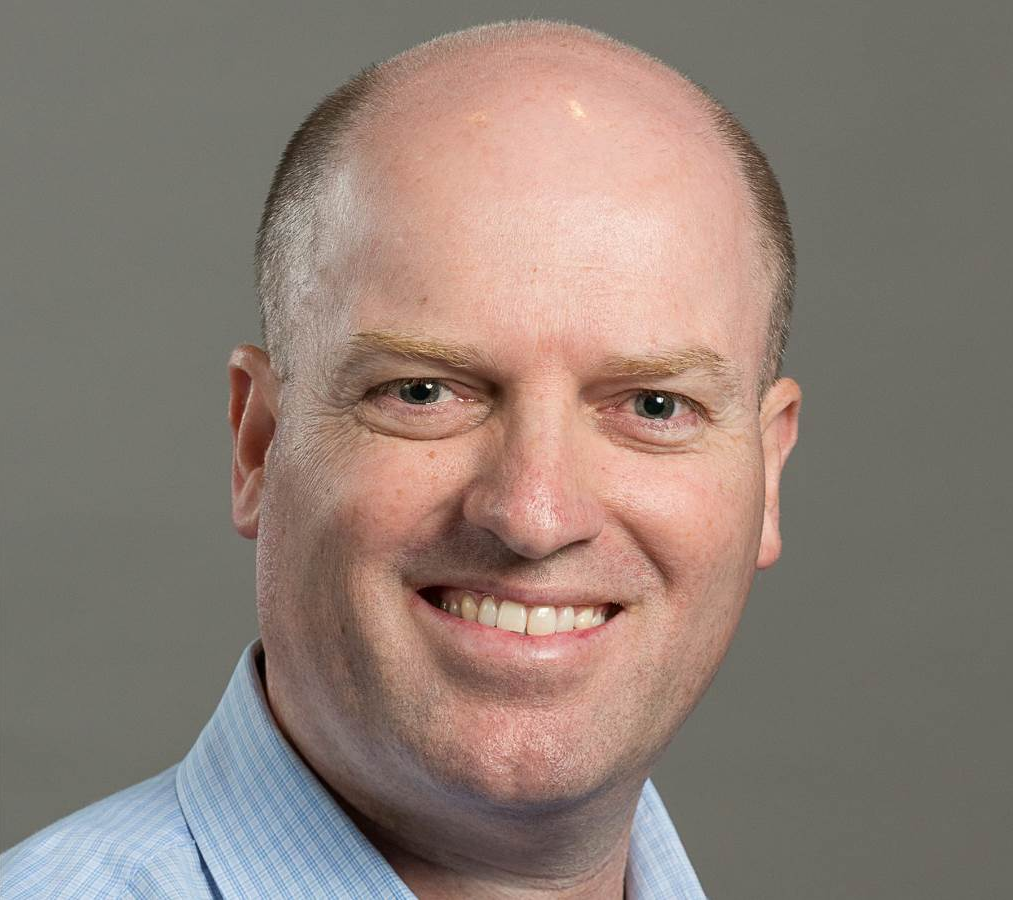
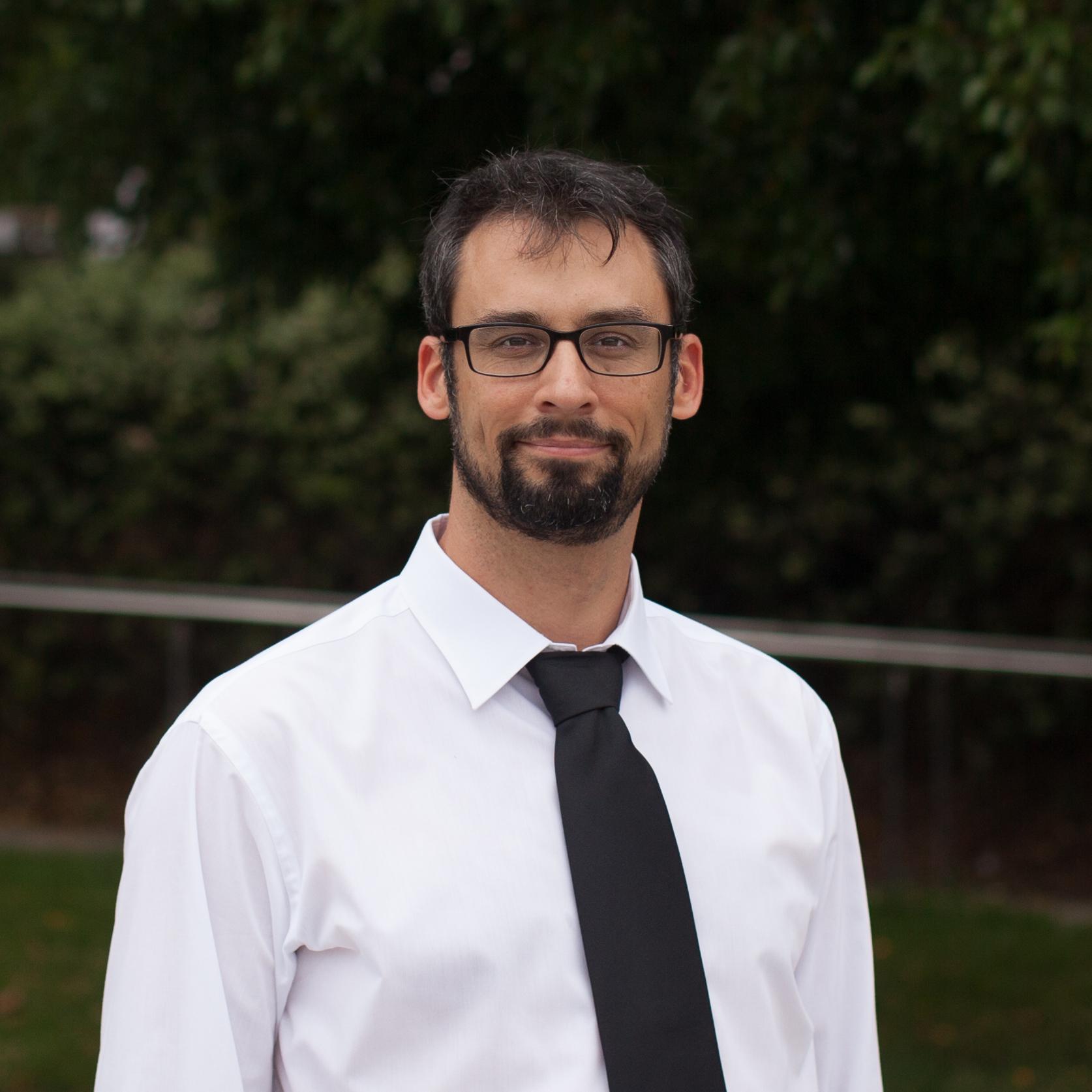
Connectivity is becoming a key requirement for a data center as the services it provides are transmitted to other data centers, to business clients and to end-consumers. Increasingly, the expectation is of lower latency, higher reliability and greater speed. How can a data center be prepared inside and out to transition from a focus on data storage and processing to best practice in distribution as well?



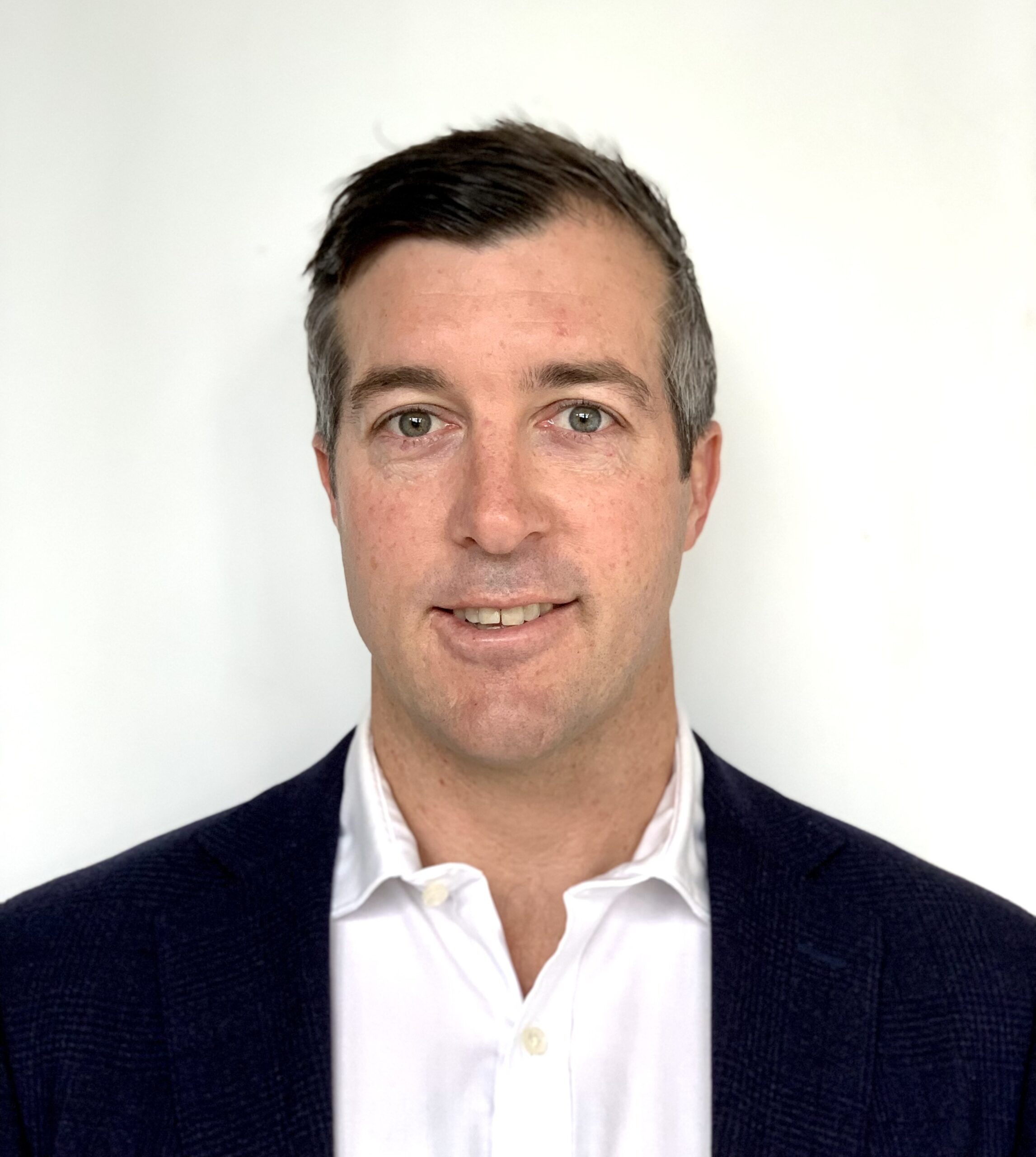

Market research has repeatedly revealed that human error is the leading cause of disruptive downtime. Despite widespread adoption of ISO standards, it has become evident that they are not sufficient to prevent these costly disruptions. As our world economies become more reliant on data centers, it is crucial that we address this challenge head on. There is a vital need for a robust, practical and comprehensive quality management framework tailored to the unique demands of data center operations. What is this framework and how does it work?

How is it possible to meet the different digital needs of the island nations across the western Pacific? What changes are required to designs that may work elsewhere? What role will ‘edge’ play in the digital future for locations across the Pacific Islands region?


Which global and local factors and trends will do most to drive digital growth in New Zealand and across the Pacific? What will be the impact of economic, social, legislative and technological factors? How will these each influence the requirements for digital infrastructure in all its forms? What innovations in data centre strategy, technology and thinking are required to deliver the future digital world?














